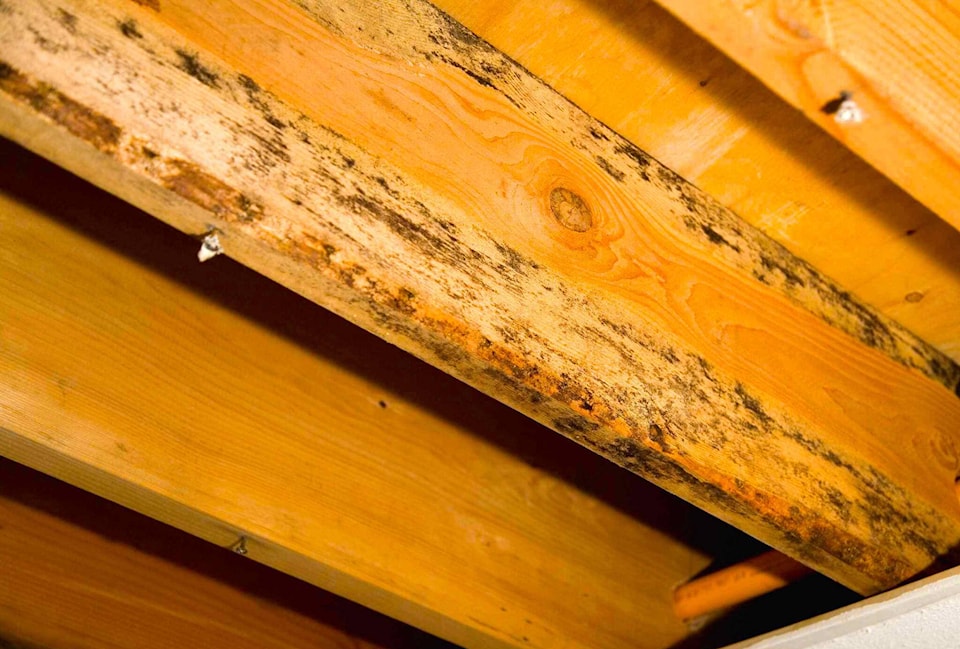Q: Why is the underside of my roof boards damp? I had a roofer look in the attic in preparation for having my roof redone and he told me about the moisture. We haven’t had rain for a while, so it can’t be a leak.
A: Every winter many modern homes develop some measure of frost on the underside of the roof itself, sometimes a lot of frost, sometimes a little, and sometimes none at all.
When the weather warms up, this frost melts and it can take a while for the moisture to dry and disappear, wafting out of the roof vents.
The frost comes from indoor air in your house making its way into the attic space. As this air cools during winter, it loses some of the ability to hold moisture, releasing the excess on surfaces like the underside of your roof. If the attic is below freezing (as it would be during many winter days), this condensation will take the form of frost.
One purpose of attic ventilation is to allow stray moisture like this to leave, and given the amount of moisture you see it sounds to like you may have inadequate ventilation in the attic.
It’s also entirely likely that your attic access hatch is leaking lots of air from the living space of your home into the attic. This is very common and leads to lots of moisture in the attic in winter because warm indoor air is laden with it.
Since you’re having your roof redone, it’s a great time to add more roof vents. My favourite approach is a ridge vent.
Alternatively, you can install ìmushroomî vents on the roof surface itself, but ridge vents look better and offer a larger vent area.
Finishing Oil Hardwood
Q: What’s the best option for finishing an antique hardwood floor? My husband just stripped glue off the floor that looked like tar. He used butter to soften the old crud (it worked well) and now we’re looking to apply something.
A: From the photos you sent I can see that your floor still has the old patina of age, and anything you apply should retain and enhance this. Polymerized tung oil is a traditional floor finish that offers something urethane finishes can’t match ñ repairability. While it does take longer to establish an oil finish compared with urethane, the oil finish is nicer in two ways. First, it’s easily repairable. Just rub on more oil in areas of wear. And second, oil is forgiving of contaminants such as old wax that might make a urethane finish form fisheyes or start peeling.
Crawlspace Mold Elimination
Q: Who should we talk to about getting rid of the mold growing in the crawlspace section of our basement that has a dirt floor? Workers were here installing a new septic system and told us about the mold. We’re too elderly to do the work ourselves.
A: There are mold specialists in every major Canadian city, so contact at least three and invite them to inspect your situation. There should be no charge for this inspection, but you do need to know enough about mold elimination to properly assess the proposals. You should also ask for and check references from at least three people from each contractor you’re considering.
When it comes to household mold, excess moisture is always at the root of the situation. Any mold plan must involve something to bring down moisture levels and keep them down. Also, mold can be effectively eliminated with registered fungicides, so complete remove and replacement of everything in your crawlspace should not be necessary. Contact me again and we can look at the proposals together.
Steve Maxwell loves to see mold eliminated. Visit him online at BaileyLineRoad.com.
